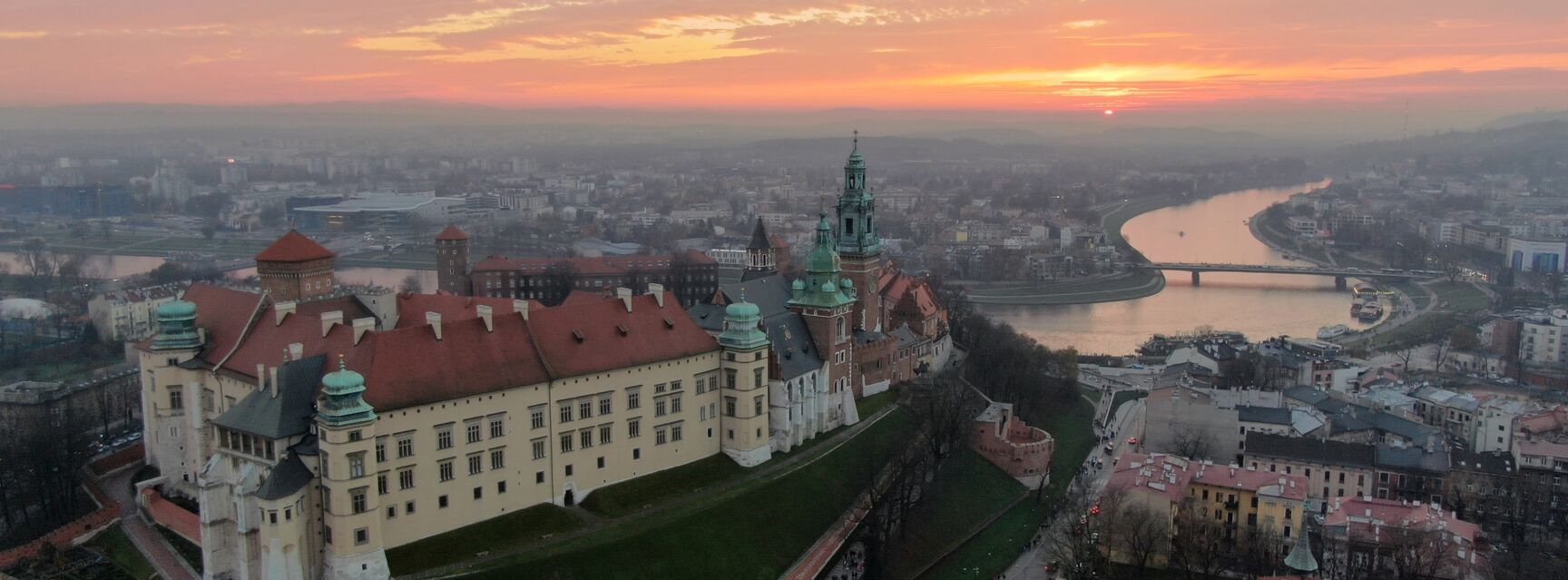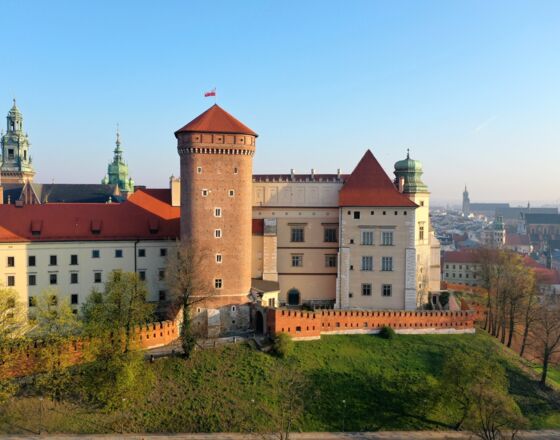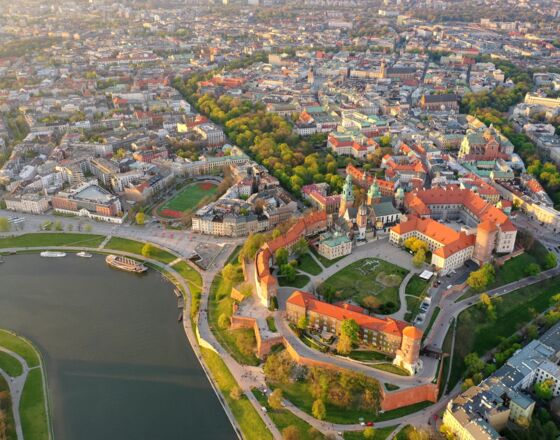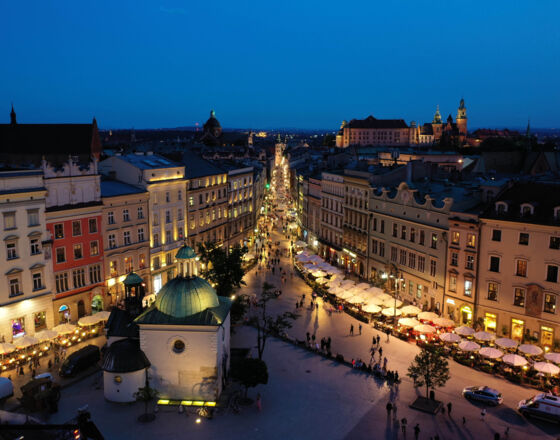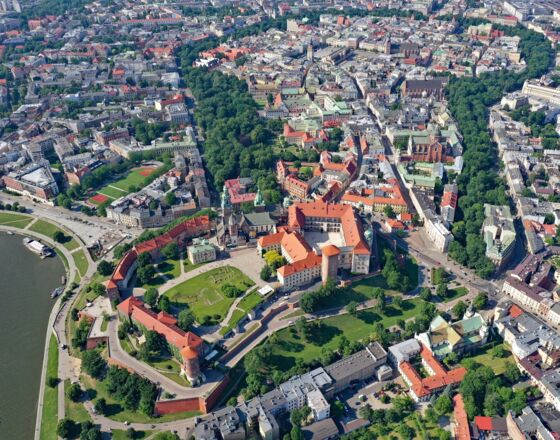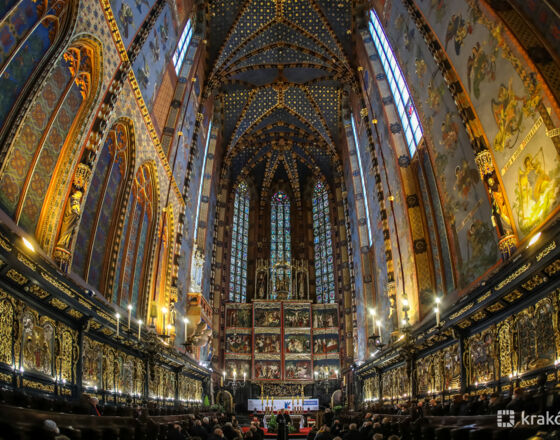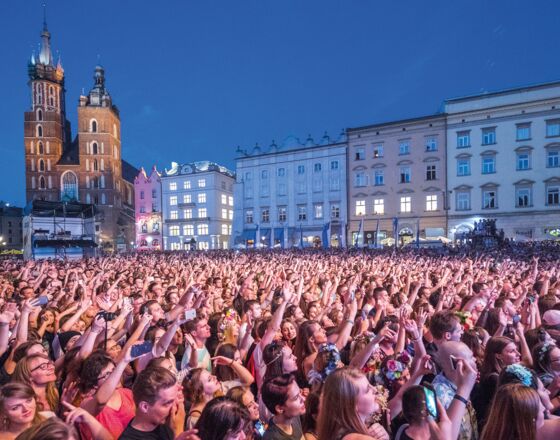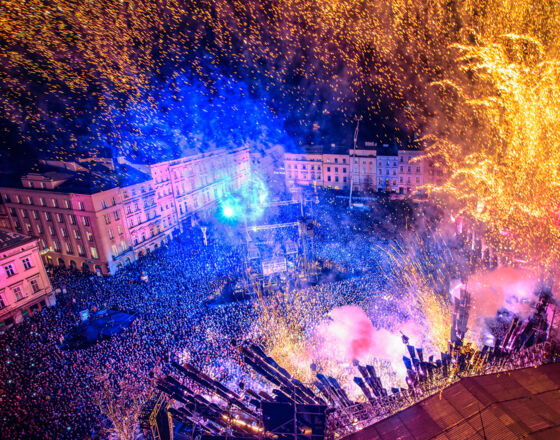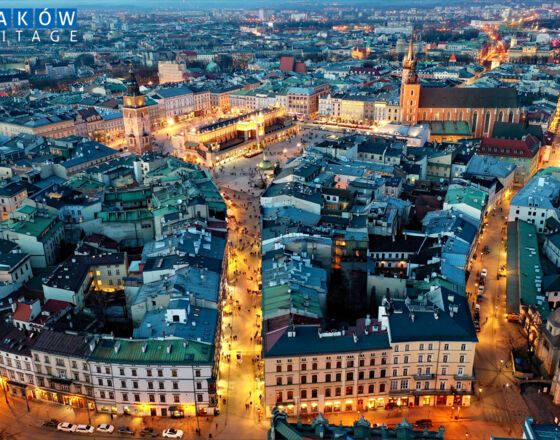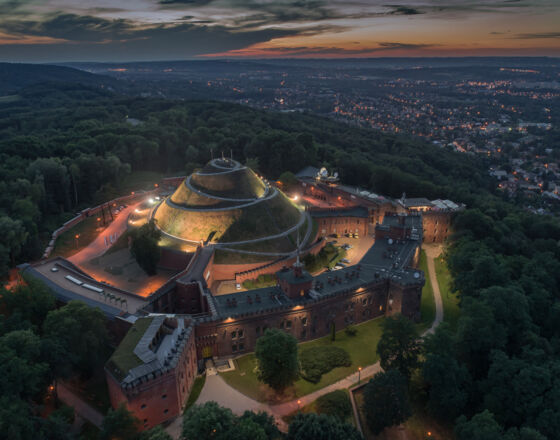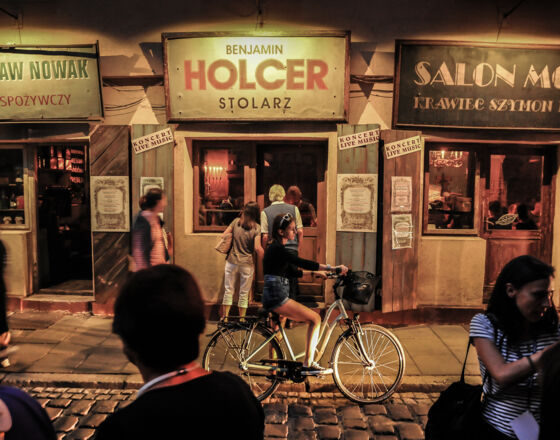Highlights
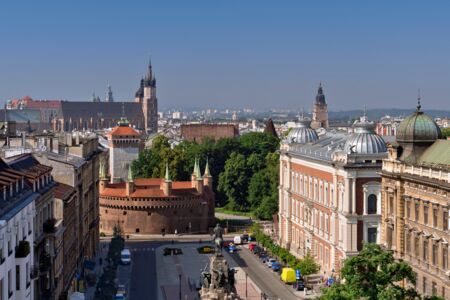
The Barbican
One of the most impressive pieces of medieval military architecture in Europe, the largest and best-preserved of the other two that have survived in their original state (Carcassonne in France and Görlitz in Germany). This massive Gothic building was erected in 1498-1499. Surrounded by a deep moat, with a system of bridges and sluices, with three tiers of loopholes, crowned by a gallery with seven turrets, it protected the Florian Gate, with which it was connected and from which the road to the Wawel Royal Castle started. It was never conquered by storm. Today, the Barbican is a branch of the Cracow Museum.
Read more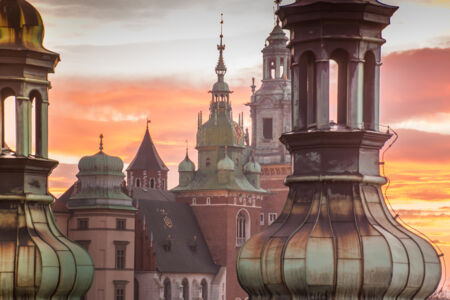
Church of the Holy Cross
Its construction began around 1300, using stone left over from the erection of the city walls. It is a Gothic, stylistically uniform building, which has survived intact to the present day. It is famous for its beautiful vaulted ceiling, supported by a single pillar, which makes it stand out from other sacral buildings of the Middle Ages. The effect of the vaulting, which symbolises the tree of life in paradise, is enhanced by paintings with plant themes.
Read more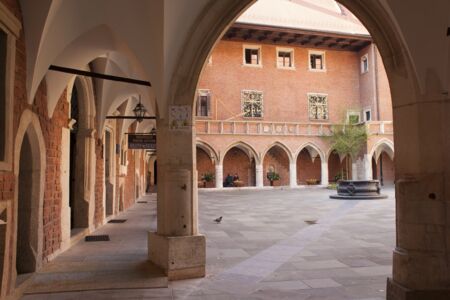
Collegium Maius
The oldest building of the Jagiellonian University (the second oldest university in Central Europe), now a museum, is a magnificent example of Gothic architecture with a charming courtyard surrounded by cloisters and the famous clock, around which, to the sounds of court music and the student song Gaudeamus Igitur, a procession moves with Queen Jadwiga, King Władysław Jagiełło and other distinguished figures associated with the history of Alma Mater.
Read more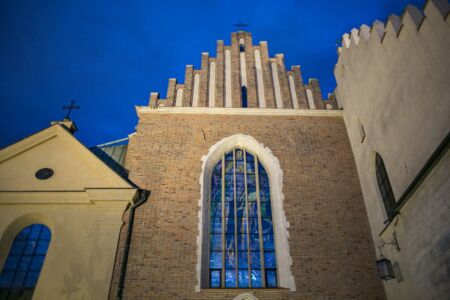
The Franciscan Church
One of the oldest (13th century, rebuilt many times) and most recognisable sacral buildings in Krakow. From the outside - austere Gothic architecture, inside - soft arches and colourful Art Nouveau polychromy by Stanisław Wyspiański. The church is also famous for its neighbour located at 3 Franciszkańska Street, i.e. the Bishop's Palace with the so-called papal window.
Read moreThe Town Hall Tower
The only remnant of the Town Hall, the seat of the municipal authorities until the 19th century, erected around 1300 as a two-storey stone building, with a tower of a defensive and representative nature. Today, it is open to the public (a branch of the Cracow Museum); the cellars house a theatre stage and a café.
Mehr erfahrenContact
InfoKraków
pl. Wszystkich Świętych 2
12 354 27 23
wyspianski@infokrakow.pl
ul. św. Jana 2
12 354 27 25
jana@infokrakow.pl
Travel options
Cracow is easily accessible, whether by plane, train or car. Major national roads and motorways lead to the city. Balice Airport is the second largest airport in Poland.

